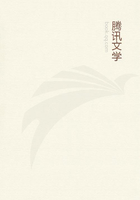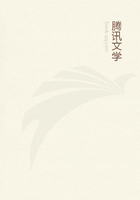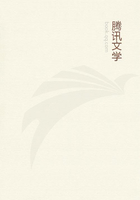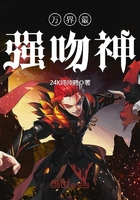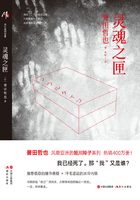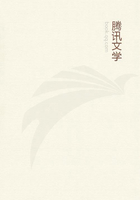Whilst this was the state of things on the banks of the Dnieper, a similar evolution took place on those of the Don. An area, even larger than that of the south-western steppes in the middle of the sixteenth century, awaited the arrival of those Great Russian colonists, who founded the so-called Territory of the Don-Cossacks. For a while the ground was declared to be the common property of the whole community, and each family was allowed to sow and mow wherever it liked, but by-and-by large villages called "stanitza" were formed, and the first division of the ground took place. Each village received its own area of arable and meadow ground; pasture and waste land remained the common property of the whole people, or, as it was said, of the whole "army."The unlimited right of private homesteads to appropriate as much soil as each required was scrupulously maintained by these stanitzas, a fact which in the end produced great inequality in the distribution of the land. This inequality was established in favour of a minority of families out of which the elders of the people were regularly chosen; but as those who were possessed of but small parcels of land formed the majority, various economic arrangements were regularly made at the village folkmotes where this majority was all powerful; redistributions of land in order to equalise the shares were very often prescribed and the system of run-rig tenure made its first appearance. This took place almost in our own time, some few stanitzas continuing even now to maintain their ancient privilege of private appropriation.
I might continue my survey of the beginnings of the modern system of village communities by a description of the economic arrangements still in use among the Cossacks of the Terek or of the Oural, but if I did so, I should only have to repeat the same facts, and that in order to deduce the following conclusions.
That the modern system of periodical redistribution of land in equal shares was quite unknown when colonisation first began, but that this did not prevent a peculiar kind of agrarian communism, the foundations of which are to be traced in the internal constitution of the undivided household; and that this form of social existence was known to Russia at the beginning of her history, and was diffused all over her empire, as may be seen from the frequent occurrence in medieval documents of terms like "the hearth," "the fire" (pechische, ognische).
All the districts we have passed in review had one thing in common; serfdom was almost unknown to them. The peasants of Archangel for instance were always named "svoiezemzi," which means independent possessors of the soil. Social distinctions remained almost unknown to the Little Russians down to the end of the eighteenth century when Catherine the Second introduced amongst them the notions of a feudal nobility and serfdom. The Cossacks of the Don remained free up to the time of Nicholas. Iam, therefore, right in saying that agrarian communism is not the direct result of serfdom, since it has been shown to exist in regions where serfdom was unknown.
A careful study of old Russian documents does not add much to the strength of this argument. The illiterate peasants could not consign to writing the economic arrangements they entered into, and in this fact lies the true reason why, out of the various categories into which the Russian peasantry was divided during the middle ages, none is less familiar to us than the free villager, the occupier of the so-called "black hundreds" (chernia sotni). The commune was completely independent in matters of internal concern, there was no need for the government or for judicial charters to meddle in its system of land tenure. What information we can gather from them of the external organisation of the volost or commune proves however the prevalence of a communistic and democratic mode of existence. The assembly of the people, the folkmote, called in the South Western provinces of Russia the "veche," more often "the copa," was formed of all the house-elders of a volost. It possessed the right of making local bye-laws; of choosing the elders of the commune or "starostas";of distributing among its members the direct taxes which the government imposed on agriculture and on the different industries of the nation (sochi i promisli). Persons were also chosen by the commune to assist the judges in the exercise of their duties, playing n this occasion the part reserved in medieval Germany to the so-called Schoffen and in old Sweden to the "nemd."*As to the relation in which the volost stood to the ground that it occupied, this subject is partly illustrated by the following facts.
We possess a small number of private charters and judicial records, belonging to the fifteenth and the sixteenth centuries, from which we may see, that the true owner of the soil was partly the village and partly the "volost," or association of villagers.
To give you an instance of what I am saying, I will cite the precise text of some of these charters.
In 1555 a lawsuit began between a squire (votchinnik) called Nefediev and the peasants of eighteen villages all belonging to the volost of Almesch. The question which the judges had to decide, was whether some pastures belonged to the volost or to the squire. Witnesses named by each party from among the oldest inhabitants of the locality declared that the peasants were the real possessors of the ground in dispute, and that their ownership went back to a period beyond the memory of man, and the judge decided that the claims of the squire were null and void.

